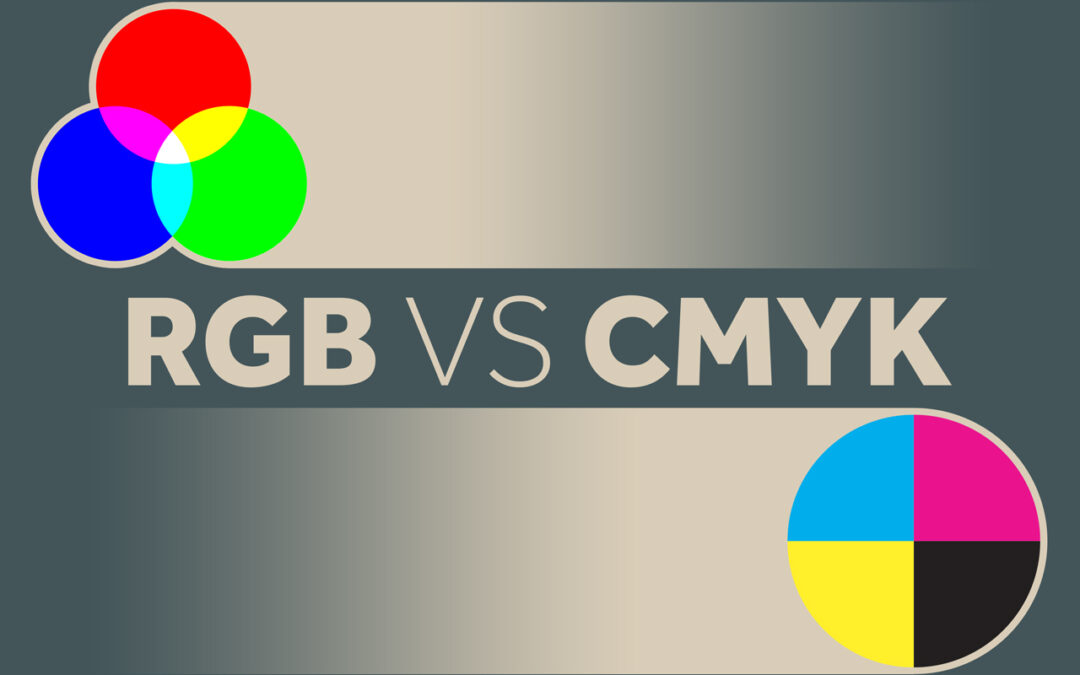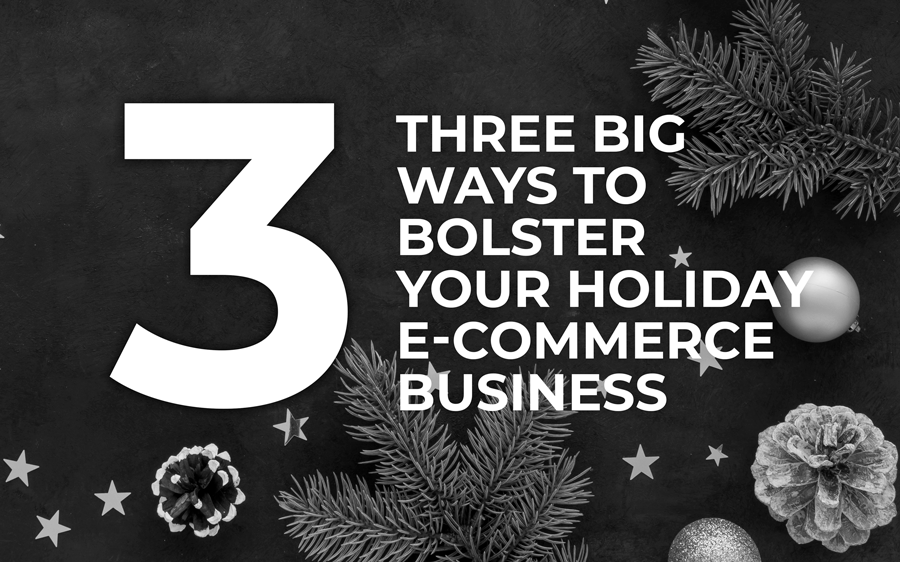
by Amy | Aug 20, 2021 | Branding, Creative Services, Digital Marketing, EDDM, Graphic Design, Root & Roam Blog, Website
RGB vs CMYK – What is the difference between RGB and CMYK? Simply put, it’s just different ways of processing colors. Painters mix paint to make the perfect color palette. Digital designers also mix colors to create palettes, photography, and more. CMYK is the...

by Amy | Mar 8, 2021 | Digital Marketing, EDDM, Publications, Traditional Marketing
Newsletters are one example of email marketing, which is just a small segment of a digital marketing strategy. Unlike transactional email marketing (an email that is triggered when a user performs a calculated action), newsletters have (or should have) a regular...

by Amy | Nov 18, 2020 | EDDM, Public Relations, Traditional Marketing, Website
Many of us eagerly anticipate and look forward to the holidays. It’s a time for celebration, family, good food, and what we hope is just the right amount of snow. With Thanksgiving fast approaching, we’re quickly coming into the 2020 holiday season. As a business...




